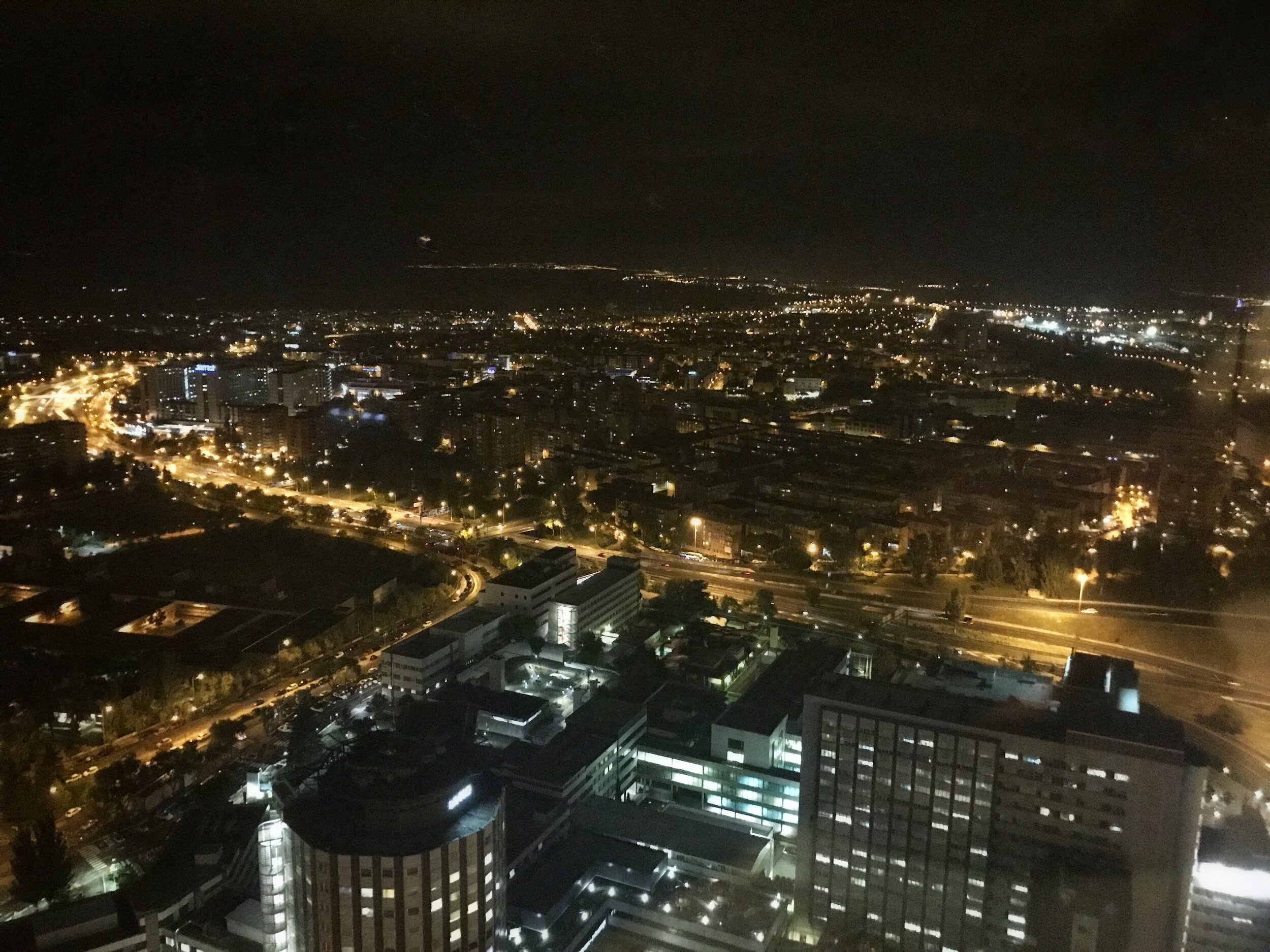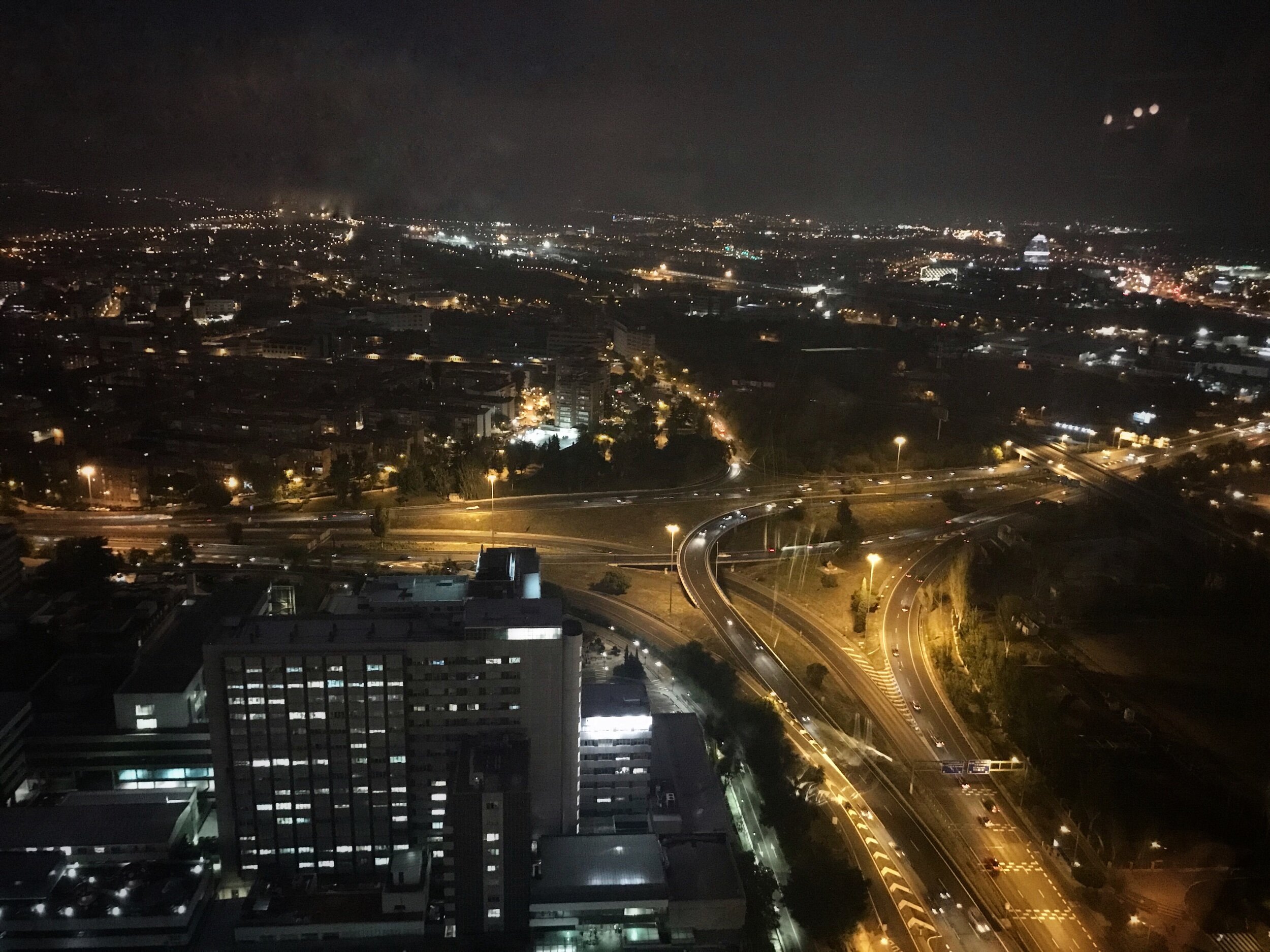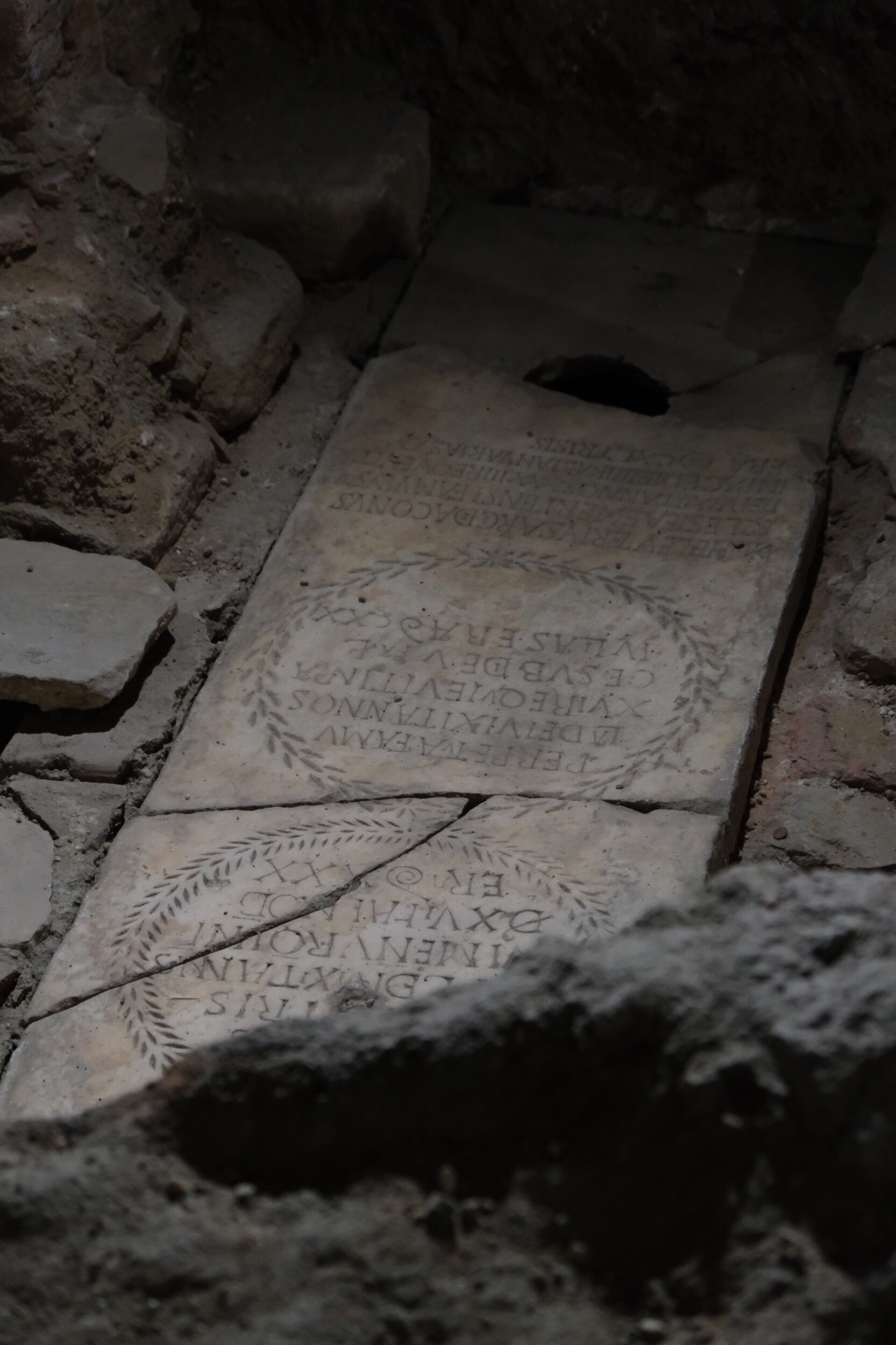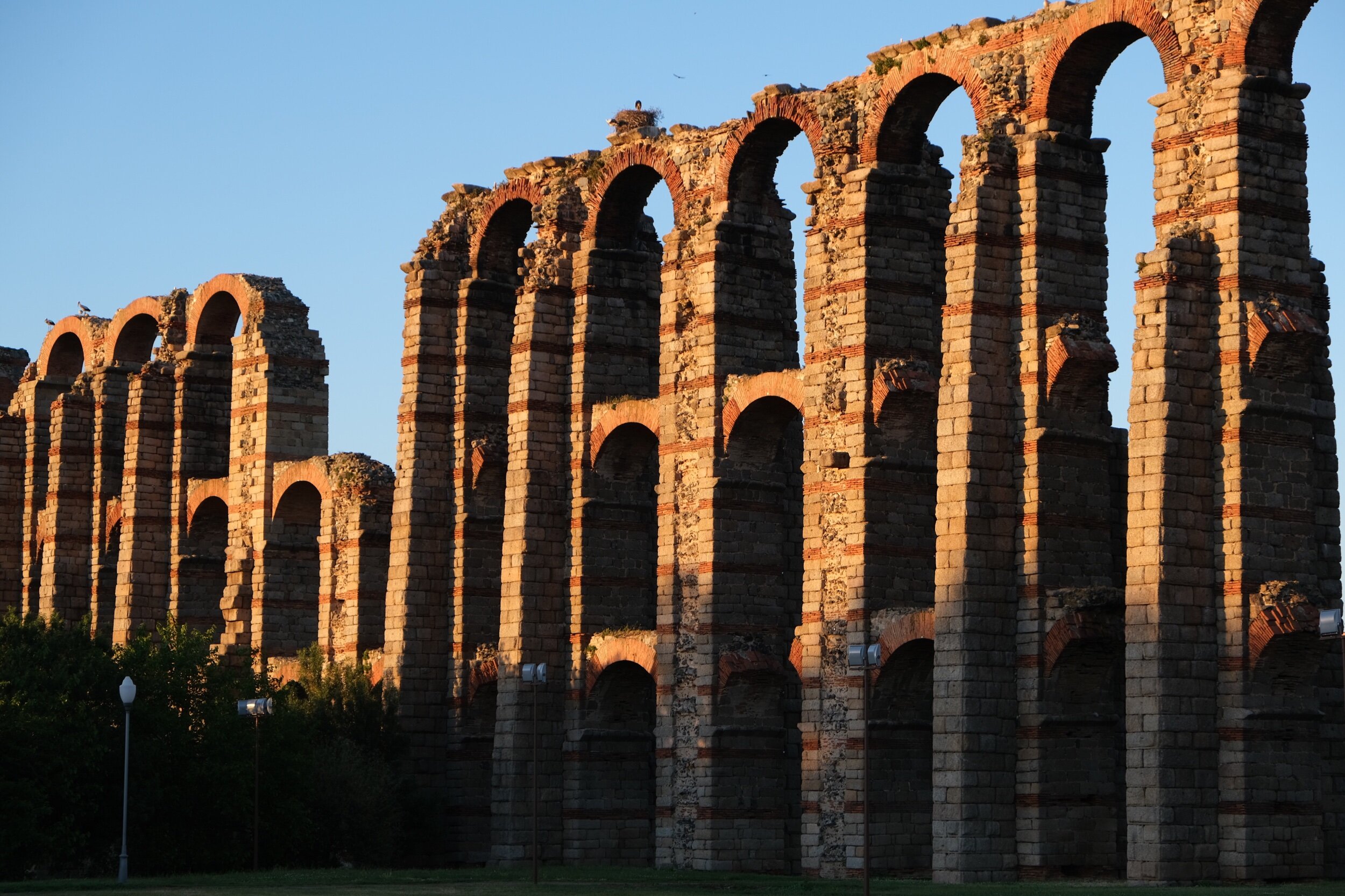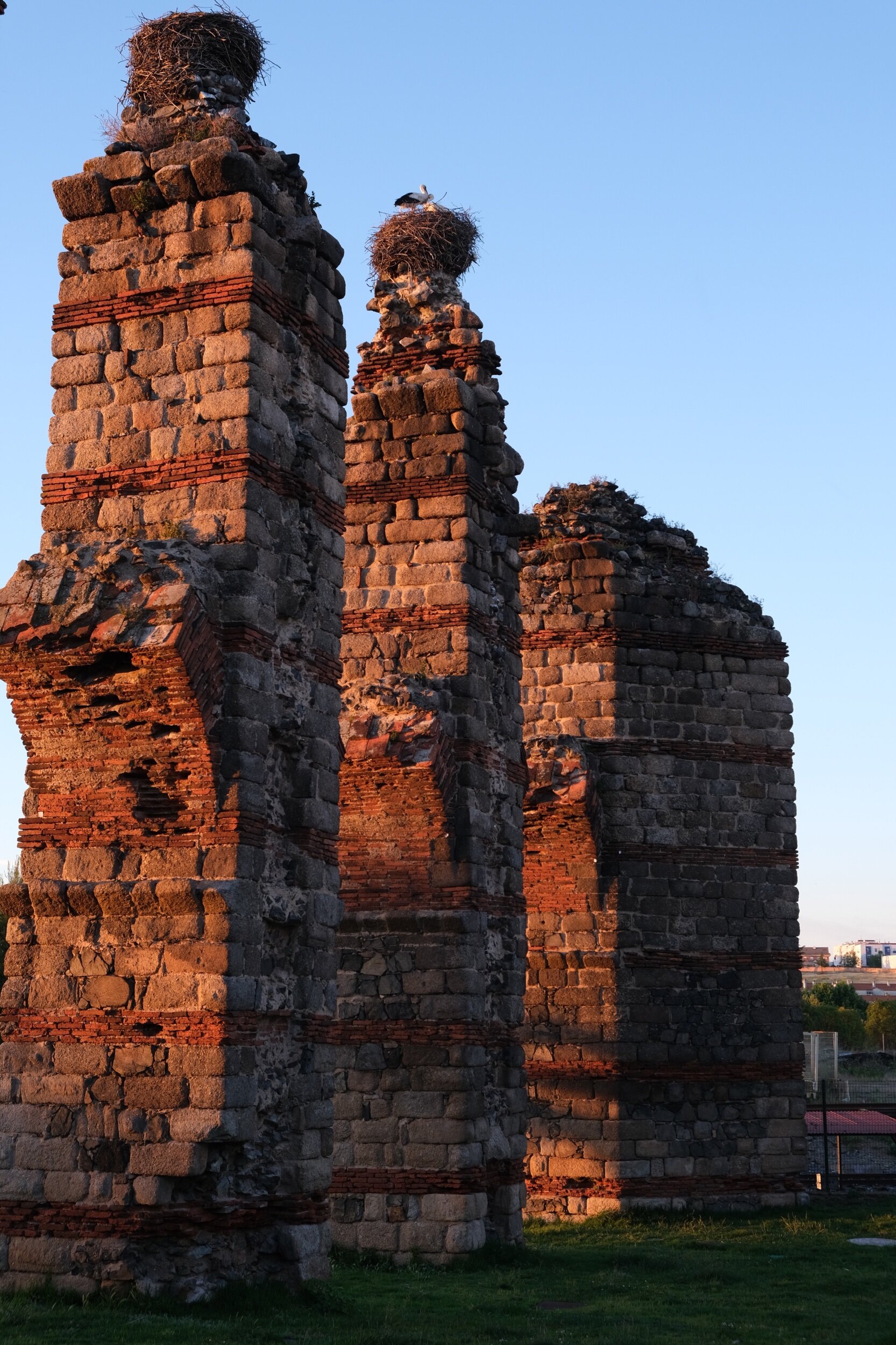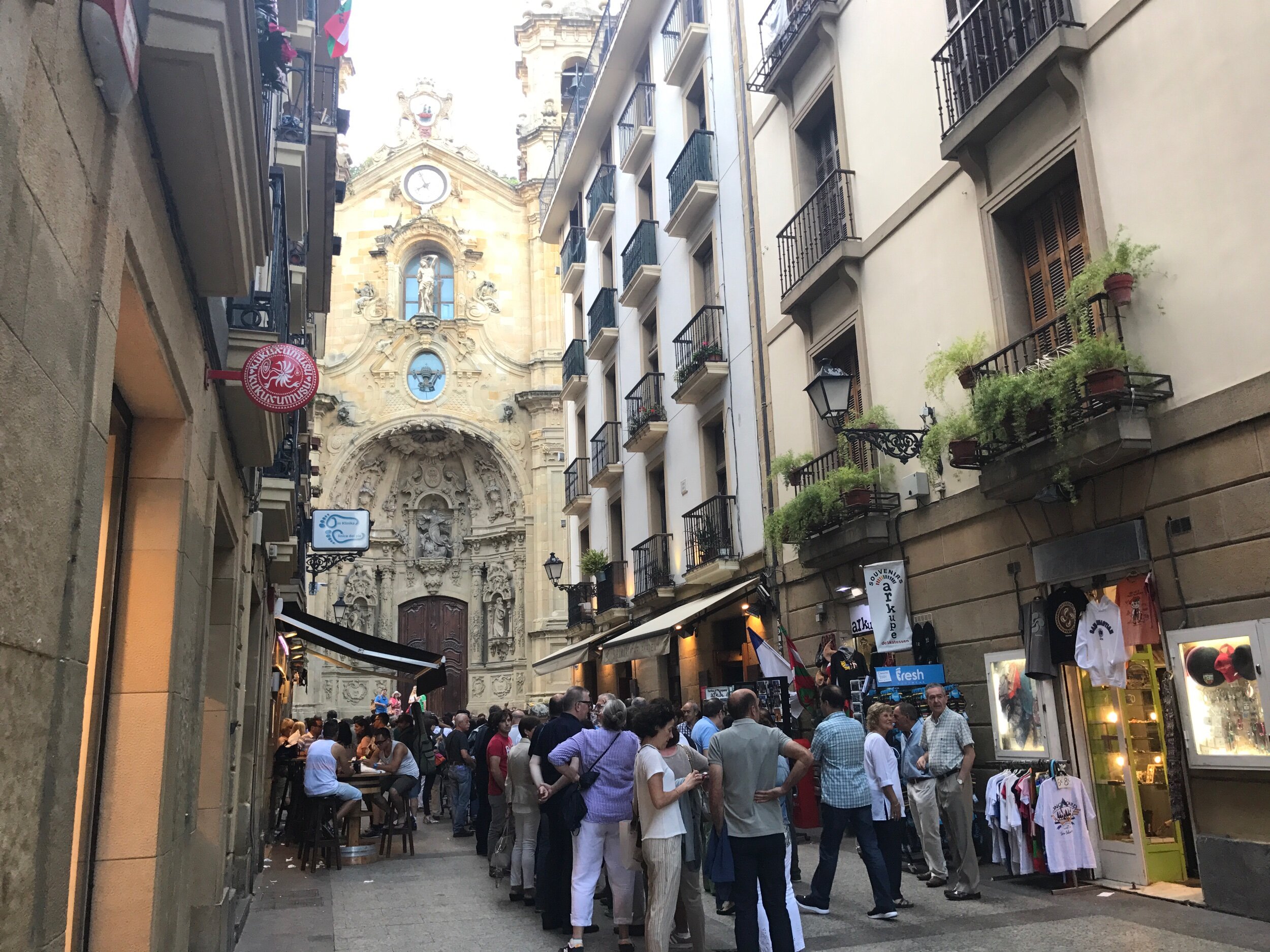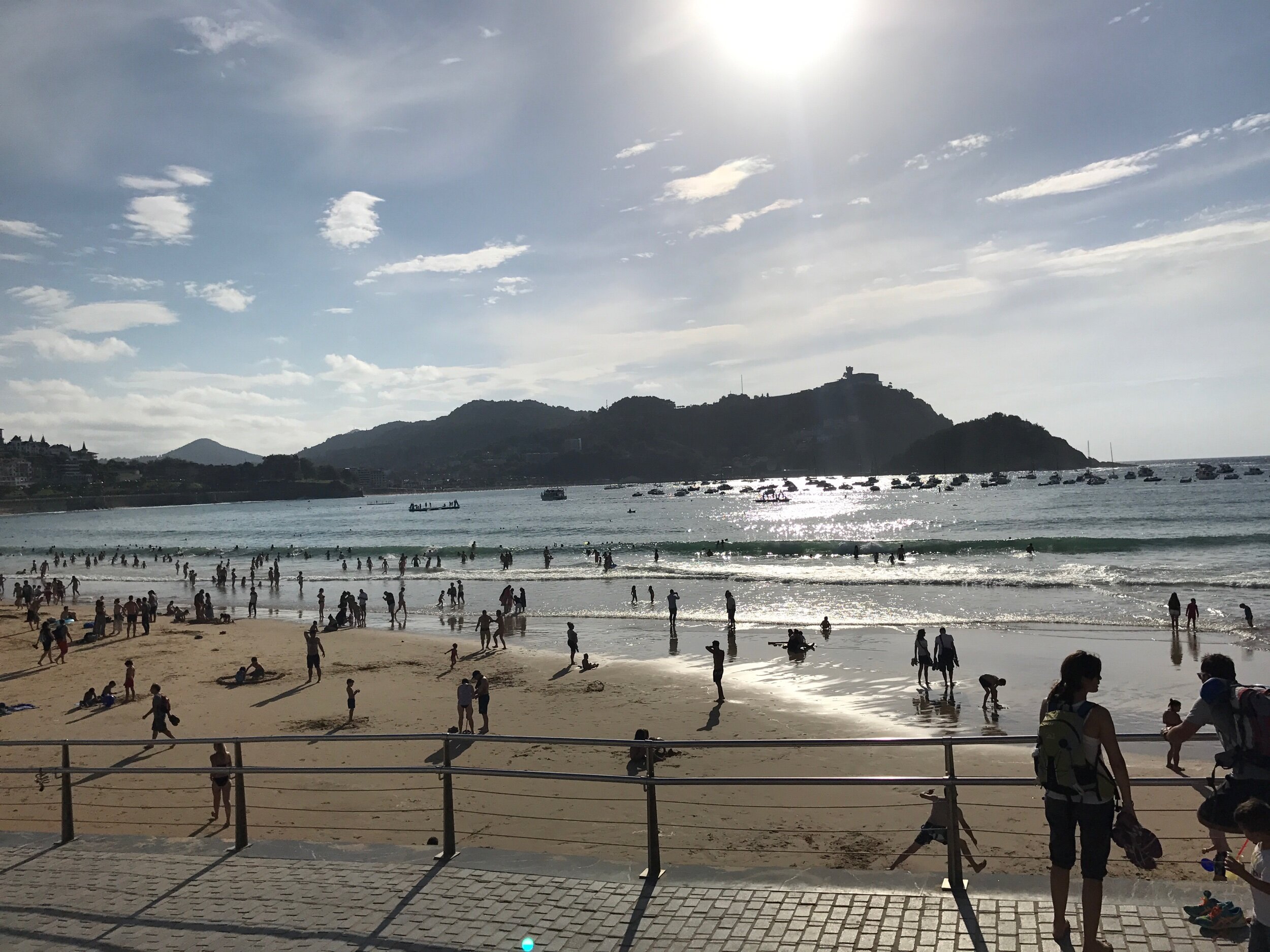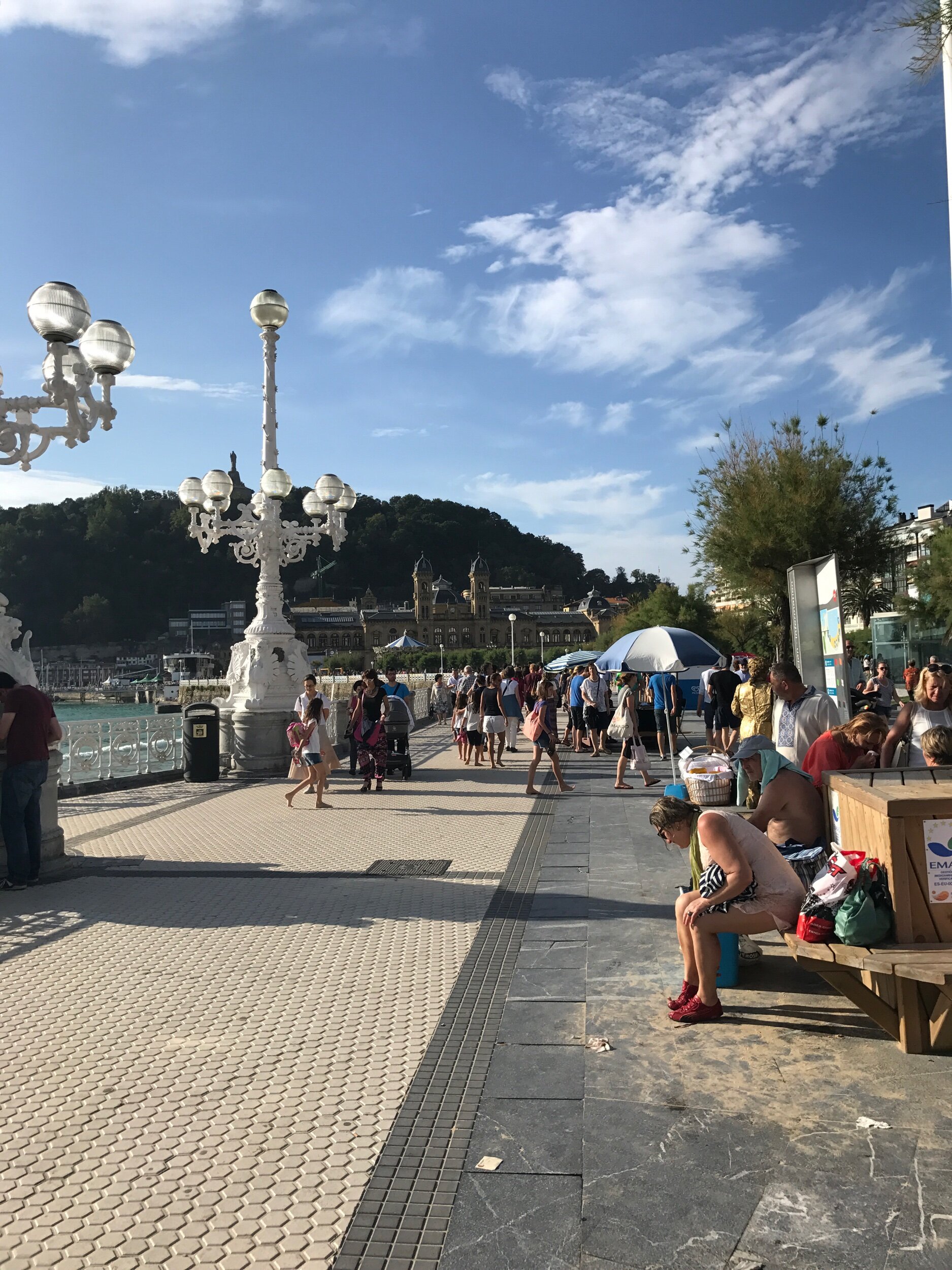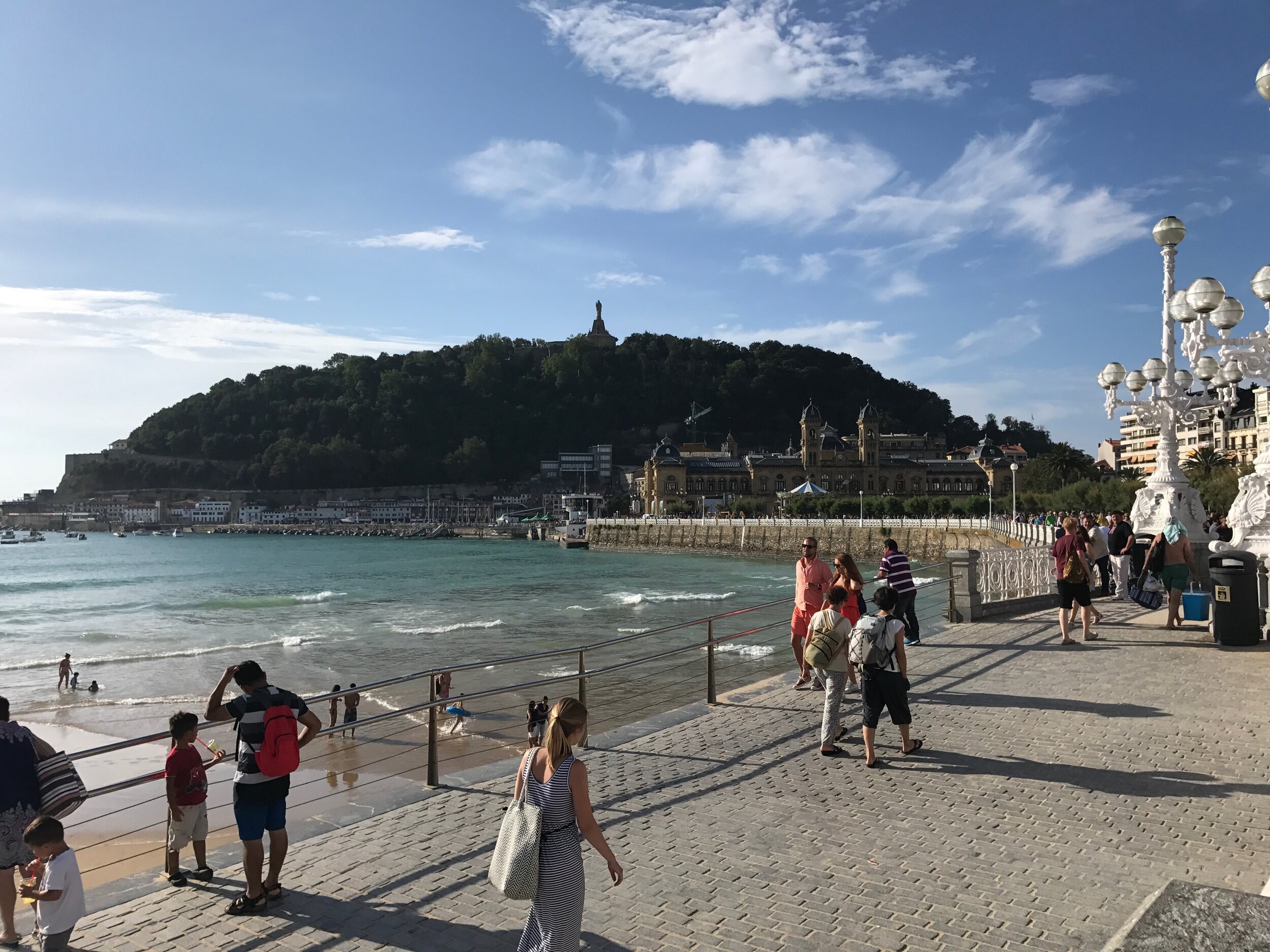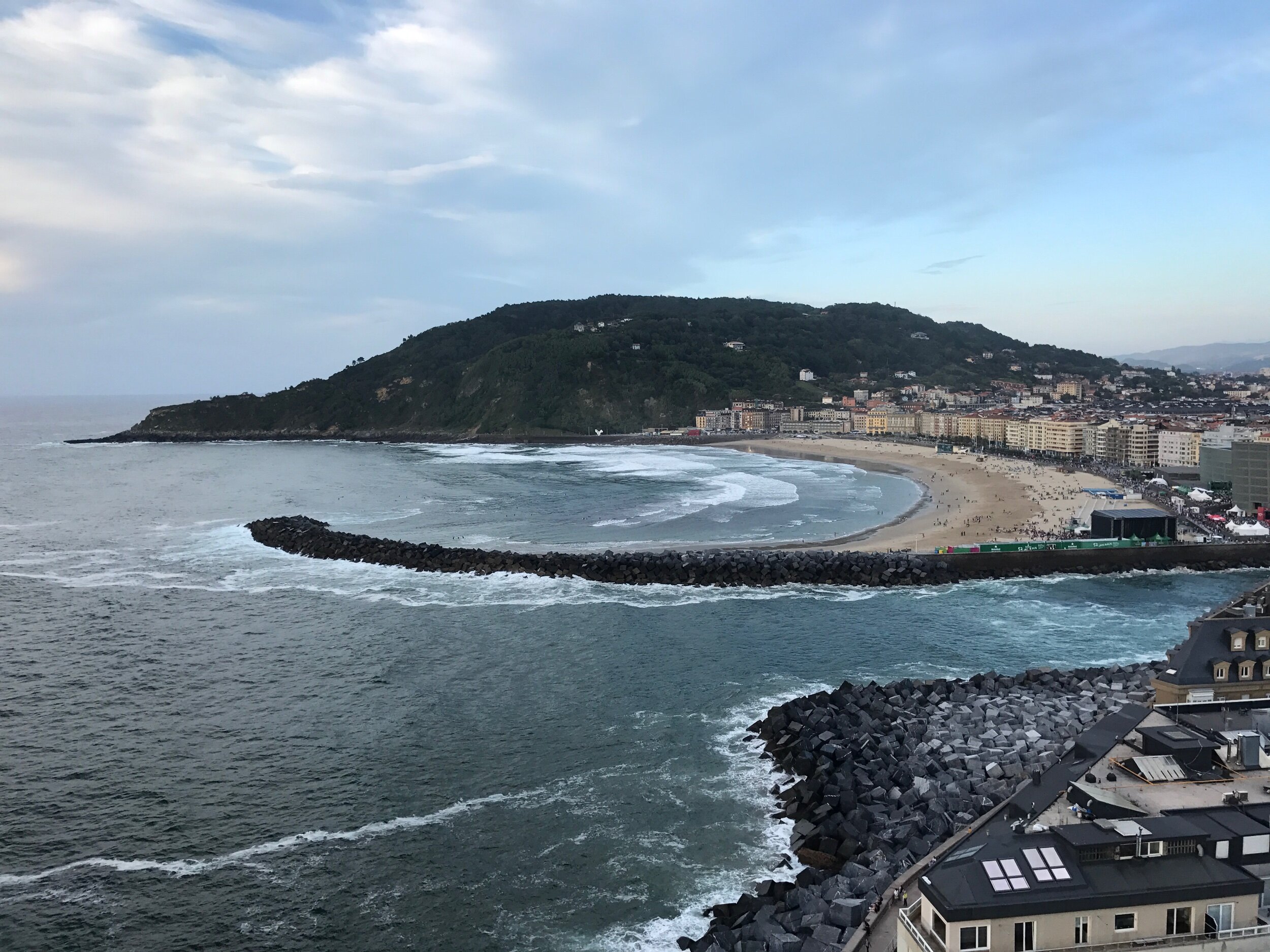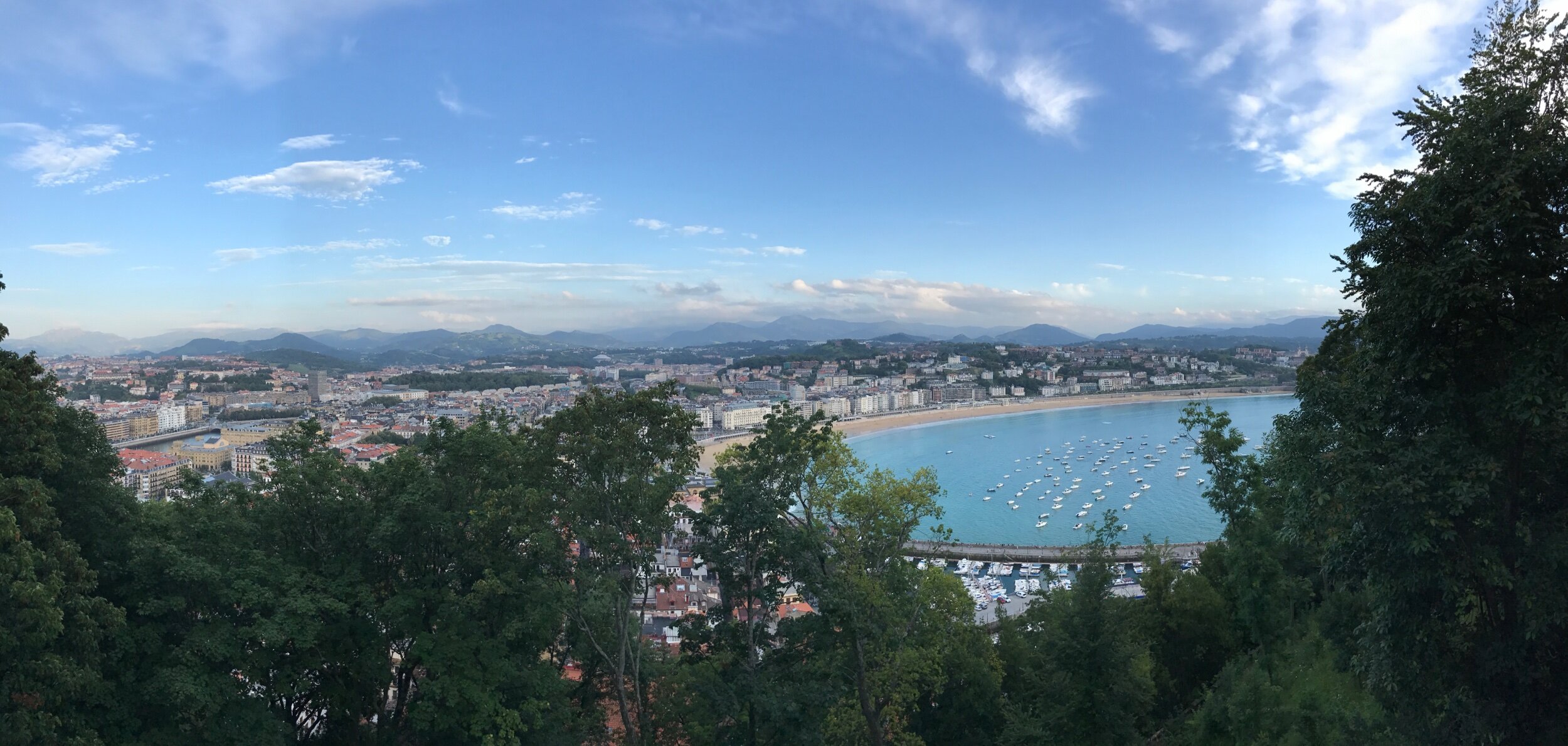Top cities in Spain: part 1
Spain is an extremely diverse, culturally rich country well known for its tourist spots, but beyond the beaches, food, and the capital, Spain has a lot more to offer. Its history reaches far back to prehistoric time, with some of its prehistoric structures still visible to this day. The country which lays on the Iberian peninsula has morphed into and from different countries, each encompassing different languages and cultures. It has been conquered and reconquered by many throughout its lifetime, sometimes by strangers and other times by neighbors. This peninsula has seen more than a thousand histories.
There are cities in Spain that hold on to this magnificent history and culture that laid the groundwork for the country. These cities create such a unique experience that it is hard to find anything like it outside of Spain. These are the areas I want to call out for travelers looking to get the most out of Spain. This may not be a complete list but these destinations will not disappoint an eager traveler.
Granada
We start with the most beautiful city in Spain even rivaling Madrid and Barcelona, Granada. This small city is clean, architecturally beautiful, a pleasant to walk around, culturally diverse, and holds a large castle that has seen four different eras of conflict.
There is a lot to talk about when it comes to Granada, but let us start with its location. It is located in the autonomous community of Andalusia sitting at the foot of the world famous Sierra Nevada mountains. Granda is an oasis in the desert like landscape of Andalusia.
Travelers entering Granada will be met with a small clean city that glimmers with architectural beauty. Granada has many districts each with its distinct influence. One can have tea along the small corridors of the muslim section, have a bite to eat in the jewish section, dip into the catholic district for a more traditional south spanish atmosphere, or shop along the main street for a more modern feel. This combination of different cultures is what makes Granada so spectacular.
Granada has a strong south spanish culture with bull fighting and flamenco at its core. Have a drink and watch flamenco a show in a cave, una cueva, and end your night eating the delicious rustic meals and seafood Spain is known for. The Granadinos, people of Granada, are some of the nicest people in Spain and make visiting this city so much more pleasant.
The city does not house any skyscrapers but instead a large castle, La Alhambra, that dates back to Roman times, repaired by the Muslim conquerers, and then captured back by the northern medieval catholics. One can get their monies worth by taking a three hour guided tour and learn the endless history of the castle and the city. To keep that historic trip going you can take a bath in the authentic muslim baths or walk around and see the Arab, Roman, or Medieval architecture that still stands.
Many cities in Spain will sometimes have unique pleasantries about them. For Granada it has to be the free appetizers given when ordering drinks at certain bars. You can end your night right going out for drinks and relishing in the free food that is given. Dont expect small portions either, some bars are quite generous.
If you trip to Spain takes you to the south than Granada should be your number one place to go. Even if just visiting Spain for the first time, Granada and the Andalusia and neighboring regions are wonderful places to see.
Madrid
Madrid is not only the center of the country it is also the center of Spanish culture. The city is architecturally beautiful and culturally important, everything you would expect from the capital of a country. Here you can learn about everything that is Spain.
One can come to Madrid to gaze at the incredibly important Spanish museums and royal palace to gain insight into ancient Spanish culture. But Madrid is also a large booming city and holds a strong, culturally diverse atmosphere. Amazing restaurants, festive night life, historic monuments, diverse residents, and more fill this flat never-ending landscape.
What I want to make clear is Madrid is a true city and not just a touristy place you go once. There is so much to experience in Madrid that you can talk to anybody in Madrid and they would give you a different place to go visit. It has its back alley restaurants from all across Spain and even across the world, its famous streets with outdoor vendors and shops, its pub crawl and walking routes, and more.
At its high end where you can dine like a king, but it also has its low end where for a few euros you can have the time of you life and still eat well. Madrid has everything because the people here, if they are rich, poor, expat, or local, make the best of this wonderful city.
I wouldn't be doing Madrid justice if I just listed some of the places to go in a few paragraphs, but requires a full article. I have seen Madrid many times and I still feel like I havent scratched the surface. Just know, If you want to dip your toes into what Spain has to offer, then Madrid is a fine place to start.
Merida
One of my favorite parts of traveling through Europe is gazing upon all the incredible castles that were built during that medieval ages. They are large, tough, but also quite brutish. They were meant for one purpose, defend against an onslaught of blood thirsty armies. What I'm trying to get at is that the different west europe castles start to blend together. Roll the clock back to late BC and early AC, we see the intelligent, precise, and incredibly civilized architecture of the Roman empire that has a stark contrast to the brute, simple, and overly catholic designs during the medieval times.
After conquering the Iberian Peninsula at the end of the BC era, the Roman empire had established 3 capitals. One of those capitals was where Merida stands today, and was the most important of the three in Hispania as it served as the capital, not only for the region, but also the Peninsula. Merida has went through great efforts to excavate and preserve the Roman art and architecture that the city lays on today. The city is a goldmine of Roman artifacts. This is where the lore of Merida comes from and is why Merida made our top list.
Merida is a very small city and the capital of the autonomous community of Extremadura which sits at the western edge of Spain at the border of Portugal. The region has a protected language called Fala, as well as some endangered Leonese languages and Portuguese dialects that are found throughout the region. Unless someone can tell me otherwise, I found the culture to be quite neutral leaning on basic Spanish and western Spanish gastronomy, cultures, and edicts, and by no means a bad thing.
Where extremadura thrives is in its nature reserves and the ancient culture found in Merida.
Taking your first steps into Merida you are met with preserved Roman architecture such as the aqueducts, Roman theater and amphitheater, Roman circus, preserved roman houses, temple of Diana, authentic Roman bridge, archeological sites, museum of roman artifacts, arc de Trajano, and more. Walking around the town you get to see pieces of history and an idea of what the foundation of the city is made of. From a simple stroll you are met with well preserved Roman architecture and artifacts.
Within a couple of days you can see almost all of what Merida has to offer, not because of the scarcity of things to see, but because of the size of the town. The historical side of the town, which is the east side of the river that cuts Merida in half, can easily be walked edge to edge in only about 20 to 30 mins. I recommend going to the Roman architect museum and visiting the Roman houses to get more information about the history of the empire on the peninsula and more information on the other landmarks in the city.
Dont be fooled by my rambling of Roman lore. The city offers much more including prehistoric, Medieval, Visogoth, christian, Muslim, and Spanish civil war touches throughout the city, as well as modern areas to pass the time. Additionally, one of the Caminos, Via de la Plata, runs through the city and is a great alternative to the popular Camino Frances. Merida is a great place to pass a day or two on your trip through the Iberian peninsula.
San Sebastian
Talk to any Spaniard and they will tell you the most beautiful part of spain is the north. From Cataluña to Galicia, the north is filled with rich lush forests and beautiful landscapes. The north also holds onto its pre-castillian roots, cherishing the languages that once dwelled on the peninsula before the Castilian overtaking. The north is so dense with culture and beauty that the route we would recommend to people wanting to see the best of Spain in one road trip is to explore the north.
If there is one place that you need to stop at, it is the small city of San Sabastian that sits in the basque country of Spain. San Sabastian holds everything you would want to see out of a Spanish town; beautiful narrow streets, open markets, castle on top of a hill, medieval Roman catholic churches, and a mixture of the Spanish culture and the unique Basque culture. But San Sebastian has one other unique feature to it only beaten out by one other city in the world, It has the highest density of Michelin starred restaurants. That is the most Michelin starred restaurants per square meter.
What does this mean exactly? Well, for one, the strong Michelin competition means you can eat some of the best food in the world. If your wallet is willing to cooperate, you could eat food like no other. You dont know food until you have been to San Sebastian, what you have been eating is just basic sustenance.
Secondly, every other returant that is not Michelin starred is fantastic. Like the late Anthony Bourdain put it, “Even the worst restaurants in San Sebastian are good.” My first experience in San Sabastian was like no other city I have been to. I went from walking around experiencing all the medieval monuments to ending the night eating, to my surprise, breathtaking food. I never ended a trip, in any other city I have ever been to, feeling so good and happy at the end of the night. I was in bliss.
Of course, San Sabastian is just one of many cities in the north of Spain that need to be seen but because of its strengths being so strong, it makes our top list of best cities in all of Spain.











